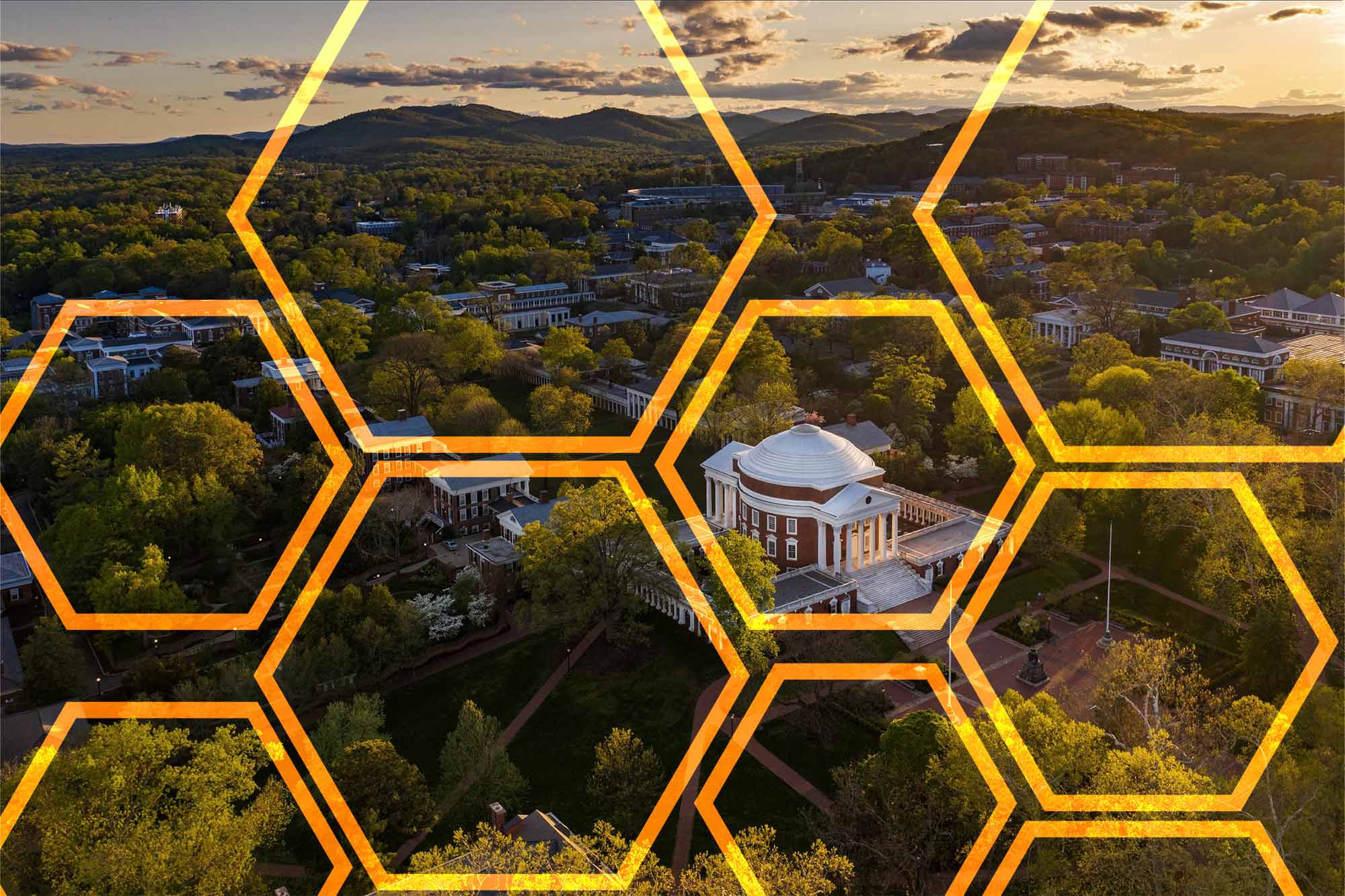
Walking around the Grounds of the University of Virginia, you can hear the soft hum of insects, including the quiet murmur of bees. But that is not just a bee - it is an integral part of the eco-system. And Bee Grounds UVA is seeking to encourage more of them.
UVA is part of the national Bee Campus initiative, an offshoot of Bee City USA, an initiative of the Xerces Society for Invertebrate Conservation. Bee Grounds UVA, as Bee Campus USA is known at the University, is an effort driven by two graduate students, Emily Spindler and Kelsey Schoenemann.
"Kelsey and Emily worked to put together stakeholders in academic departments, such as environmental science, biology and landscape architecture, with Facilities Management and UVA Sustainability to support the program," said David Carr, director of the Blandy Experimental Farm and a research professor in the Department of Environmental Sciences. "Kelsey and Emily really believe in the program and put in a tremendous amount of work in getting it off the ground, promoting Bee Campus and creating outreach opportunities."
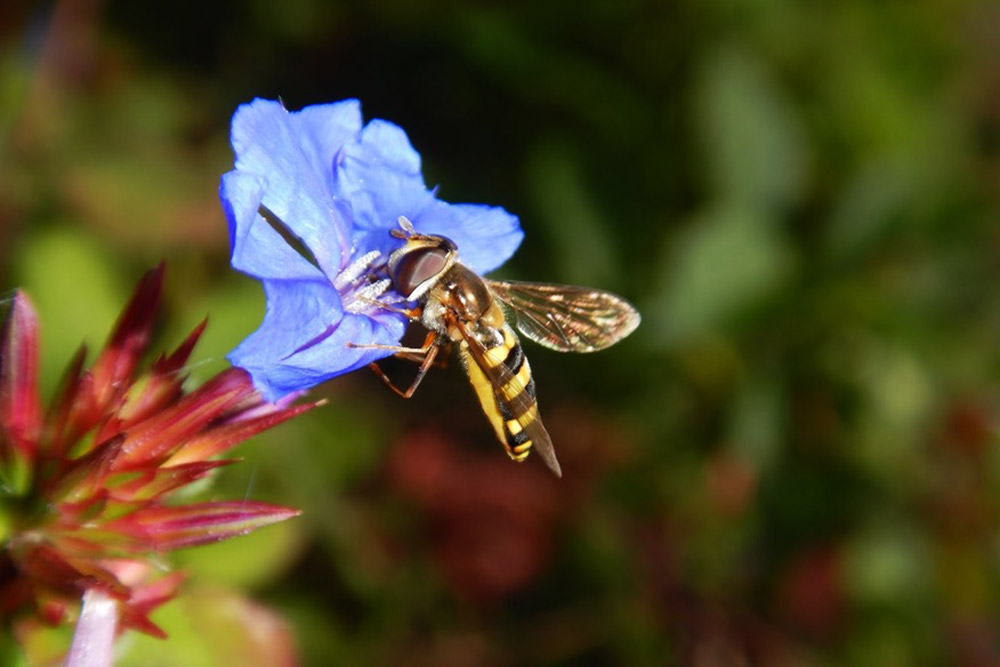
According to the Bee City USA website, pollinators are essential to the environment and necessary for the reproduction of more than 85% of the world's flowering plants, including more than two-thirds of the world's crop species. In the United States, there are more than 100 crops that either need or benefit from pollinators. The economic value of these native pollinators is estimated at $3 billion per year in the U.S.
Agriculture aside, pollinators are a key species in most terrestrial ecosystems, with fruits and seeds derived from insect pollination being a major part of the diet of approximately 25% of all birds and of mammals ranging from red-backed voles to grizzly bears.
"There really is so much enthusiasm for pollinators that it just needs to be organized to make a real difference in our UVA community," said Spindler, who is completing her master's degree in environmental science.
University landscapers work on Grounds in a way that encourages pollinator species to thrive by providing beneficial habitat and minimizing the use of insecticides.
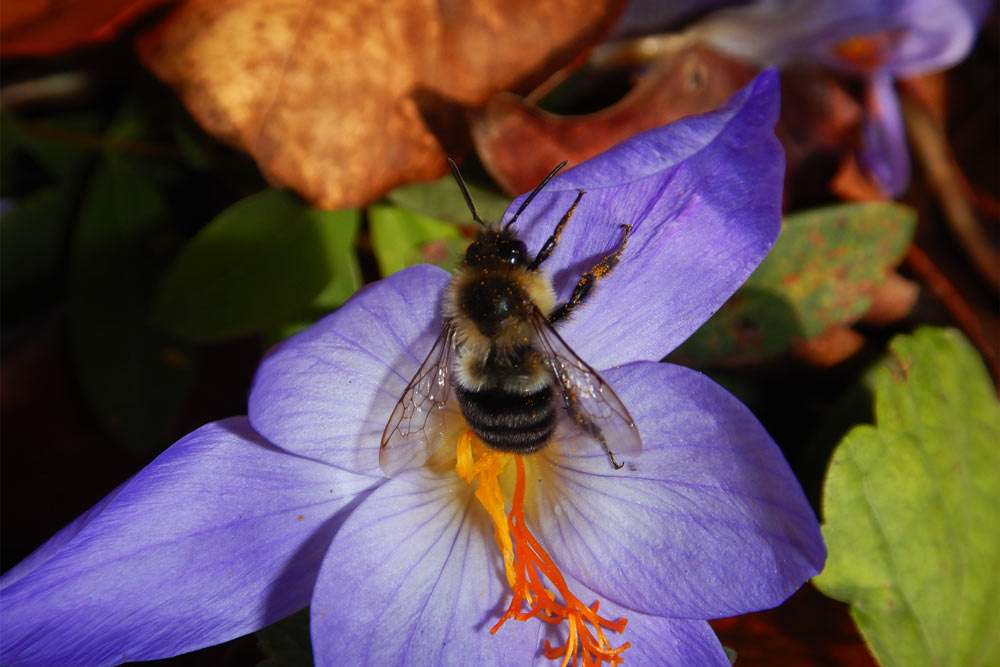
"We've actually been part of the Bee Grounds movement from the beginning, helping the founding students through the process of being certified," Rich Hopkins, superintendent of landscaping for UVA, said. "I am a member of the Bee Grounds Committee continuing to help integrate the desire to be a pollinator-friendly Grounds into our maintenance and design process."
The University has used ecologically conscious practices for years.
"It means being more tolerant of mixed-species lawns, so that our lawns will bloom with clover, violets and other native groundcover mixed in with the traditional lawn turf," Hopkins said. "It means the lawns will be allowed to grow a little bit taller between mowings, which allows these other species to bloom for the pollinators.
"We are also looking for locations that we can stop frequent mowing altogether, allowing for an even greater variety of native plants that benefit pollinators."
That approach, Spindler said, is what makes Bee Grounds possible.
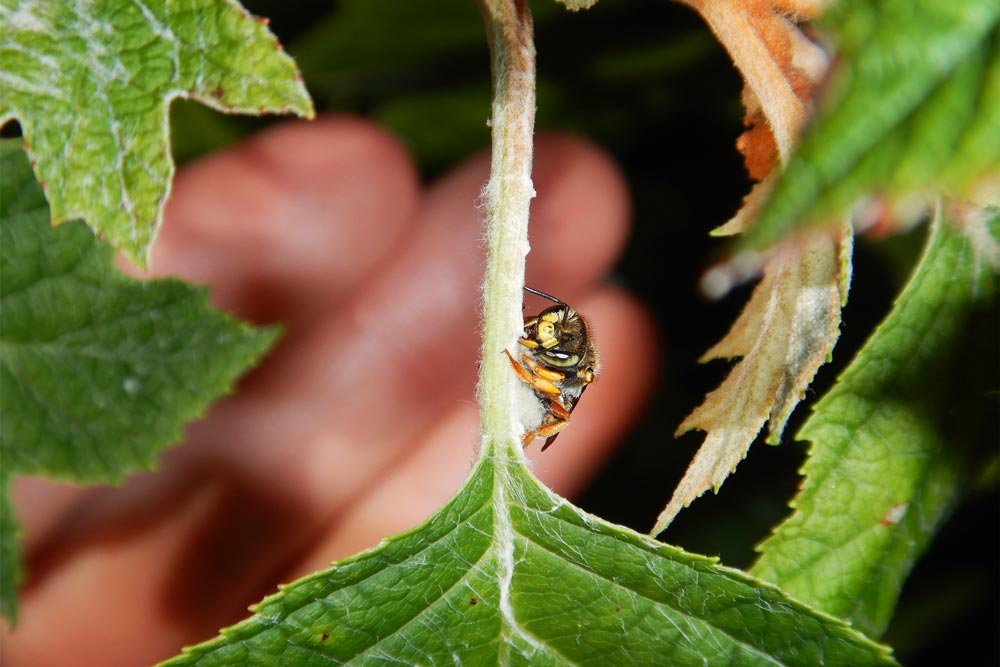
"Facilities Management makes really good landscaping choices to make the least impact on the environment as possible," Spindler said. "Essentially, native plants help maintain the diversity."
Spindler said squash bee females, for example, use only squash pollen to feed their larvae in solitary underground nests. Without squash plants, those bees wouldn't survive.
"A lot of bees have specific needs that can only be filled by some native plants because that's what they are adapted to," Spindler said. "Some exotic plants can be important to pollinators too, such as bull thistle. Bumblebees and lots of other insects love bull thistle because it creates so much purple pollen and so much nectar."
But while exotic plants like bull thistle do benefit bees, they can take over meadows and crowd out native plants, Spindler said. Having a variety of plants helps prevent habitat collapse and provides pollen for a variety of insects.

"The more plant species you have, the more resilient the ecosystem," Spindler said. "Invasive exotic plants suppress diversity; you really have to plant native species to get the best balance because they've evolved over thousands of years together to be balanced on their landscape. Climate change is going to mean more challenges to our ecosystems, so we need the sturdiness of a balanced native ecosystem to sustain these changes."
Aster Rasnick, who received a bachelor's degree in conservation biology and Spanish linguistics, is currently a technician for Bee Grounds' Grounds Engaged Learning for Sustainability initiative and interned with the working group a year prior to taking on this position. Rasnick and student technician Benjamin Van Rooy collect photographic data in selected vegetation beds on Grounds.
"We are looking at both the availability of floral resources for pollinators and the species that visit them over time," Rasnick said. "Monitoring of species is performed not only by student technicians, but by community scientists, too."
Rasnick hopes the data will inform targeted conservation strategies that protect wild pollinators.
"A typical day in the field, I photograph any new flowering plants at a given site, [and] observe the plant for about five minutes, photographing any visitors that interact with the flower," Rasnick said. "And these data are sorted and uploaded to iNaturalist, where I and community scientists work to identify individuals. Relevant data is flagged by our custom iNaturalist project and imported to a spreadsheet."
Rasnick said she collected and managed data for about eight hours a week during the school year, which has grown to 12 hours in the summer. Rasnick said the data collected this summer, along with those gathered last fall, should reveal significant trends in plant-pollinator communities on Grounds.
The group also maintains social media accounts, including an Instagram account, to spread awareness of pollinators and the threats to them. During the past year, the group has held several events, including a walking tour of pollinator-friendly places on Grounds, a butterfly tent at Blandy Experimental Farm to inform visitors about butterflies and pesticides, a butterfly talk for Blandy Summer Camp children, a presentation for the Sisseton-Wahpeton Oyate Tribe's summer camp in coordination with UVA, a science project presentation for the UVA student-run Environmental Science Organization, and a presentation on pesticides and environmental justice for a Blandy Lab Group.
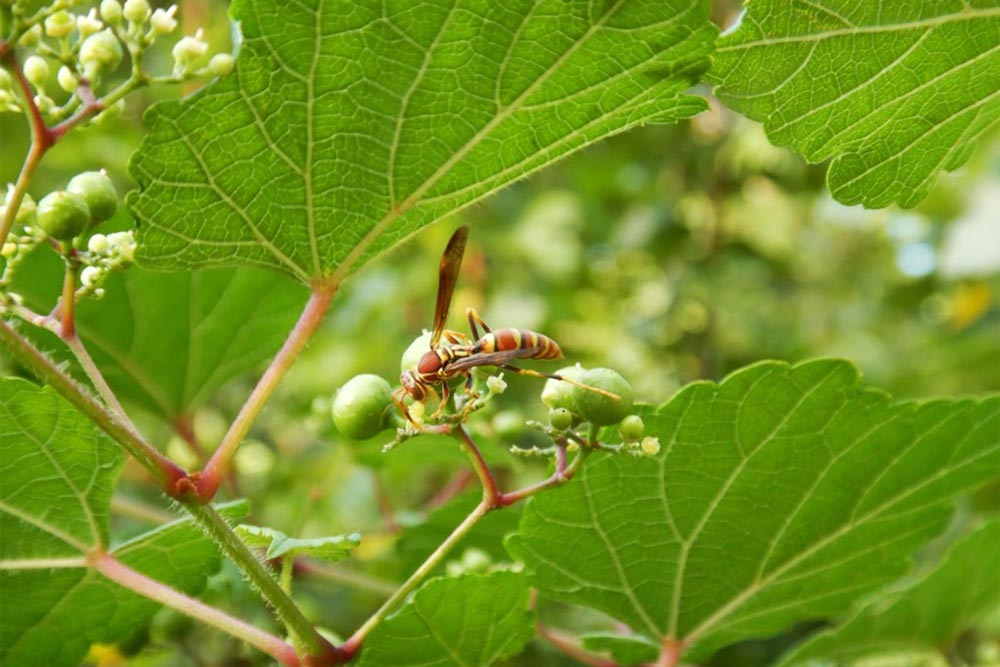
The concern for pollinators is inspired by our research in the Blandy Lab Group. T'ai Roulston, research associate professor at UVA and curator of the State Arboretum of Virginia, works with the ecology and evolution of plant-insect interactions.
"Along with my very hard-working students, I study the feeding ecology and basic biology of insects, the contributions of wild pollinators to agricultural systems, the potential impacts of human activities on insect populations, and various aspects of evolutionary ecology between insects and plants or insects and their parasites," Roulston said. "As curator of the State Arboretum of Virginia, I work with skilled colleagues to maintain a diverse plant collection and provide learning opportunities for the public about the diversity of plants and their associations with insects."
"We are looking at various factors, including parasitism and resource availability, that may play a role in regulating bumble bee populations," Roulston said. "Recent research in North America and Europe has indicated that several species of bumble bee have undergone precipitous declines in recent decades, with one, the rusty-patched bumble bee, becoming the first bee species in the continental United States to be placed on the Endangered Species List."

"Because bumble bees play important roles in both agricultural and wild plant pollination, these declines are of great concern," Roulston said. "We use radio frequency identification technology to help us understand the risks and opportunities they encounter in the landscape."
Bees also fall prey to predator insects such as conopid flies, parasitoids whose offspring develop in a susceptible host and kill it in order to complete their development.
"My lab looks at the fascinating arms race between parasitoids and their hosts, an interaction that includes grave-digging behavior and host-specific immune system attack," Roulston said. "When is it worthwhile to defend yourself? When is it worth the effort of utilizing a poor host?"
Spindler said Amber Slatosky, doctoral candidate in the Department of Environmental Sciences, conducts this research under Roulston.
"UVA strives to protect pollinators and biodiversity on Grounds by conducting research at Blandy Experimental Farm and on Grounds using community science to better understand threats to our native pollinator community, by sharing what we learn through educational events, by using and promoting pollinator-friendly landscape management on Grounds, and by maintaining our certification as a Bee Campus," Spindler said.






